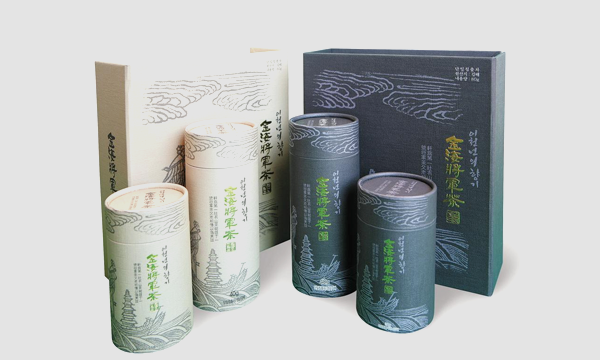
Jangguncha
Jangguncha is a type of tea plant with large and thick leaves, belonging to the broadleaf category. Compared to other tea trees, it has a higher content of catechins, the main component of tea, as well as amino acids, vitamins, minerals, and other inorganic components.
Furthermore, it boasts a distinct tea flavor, reminiscent of the fresh scent of wild rose, and leaves a subtly sweet and lingering taste in the mouth. These unique characteristics, including the refreshing tea aroma and the gentle sweetness felt after drinking, make it a tea that resonates well with consumers.
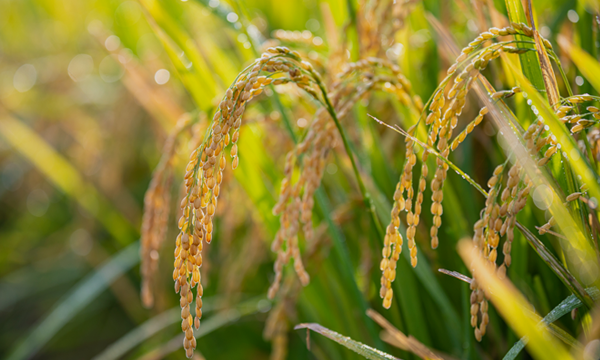
Gimhae Cheonggyeolmi
Gimhae Cheonggyeolmi is delicious, high-quality rice produced from clean, unpolluted and rich soil using eco-friendly farming methods.
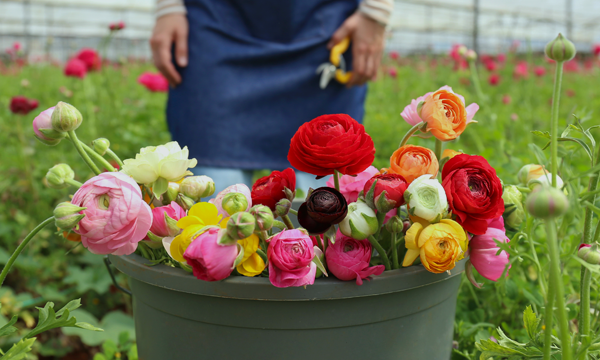
Floriculture
In an effort to distribute domestic floral and horticultural seedlings, a tissue culture project was carried out in Gimhae and Gimhae now produces excellent seedlings through continuous technological development, and focuses on improving flower cultivation.
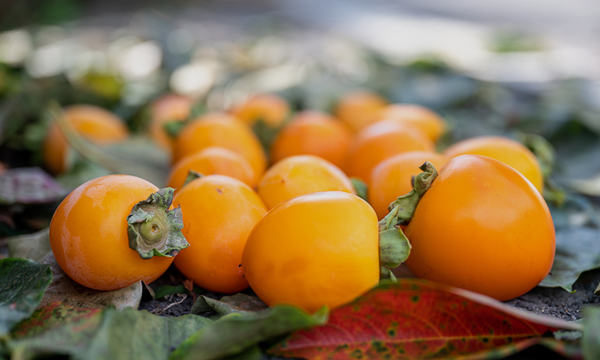
Persimmon
In 1927, experimental cultivation of persimmons began in Jinyeong-ri, Jinyeong-eup, and Bugok Shinyong-ri with around 100 trees, marking the start of the first persimmon cultivation in the country. Jinyeong persimmons, with a history spanning 100 years, boast exceptional sweetness compared to persimmons from other regions, thanks to the unique terrain and climate of Jinyeong. Persimmons from here have significantly higher levels of minerals and are rich in vitamins, calcium, and iron.
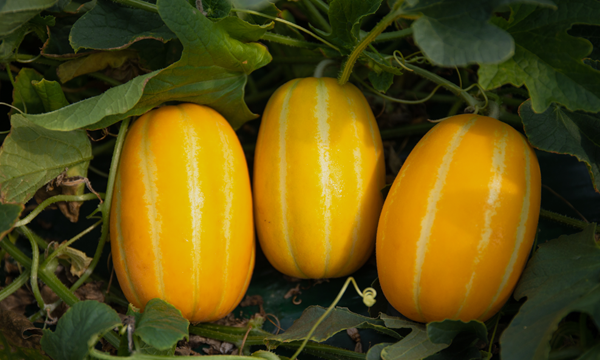
Chilsan Chamoe
Chilsan’s loamy soil makes the region optimal for cultivating chamoe. The Geumssaragi Chamoe, primarily grown in Chilsan, are known for their vibrant color, delightful fragrance, and crisp, refreshing flesh. The QC mark for the Geumssaragi Chamoe was earned in 1995 and they are a premium local crop in Gimhae.
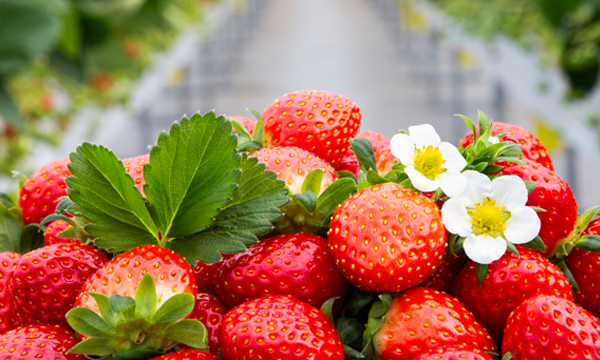
Strawberry
Grown in fertile, sandy loam soil, strawberries produced here with low-pollution farming methods contain a significant amount of Vitamin C, making them effective for skin health and fatigue recovery.
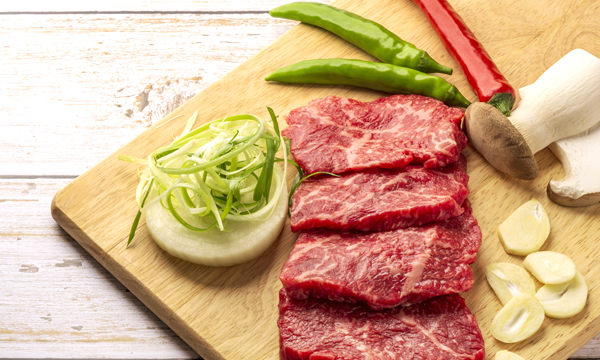
Saengnim Matbou
Cattle from Saengnim are exclusively fed with special feed, resulting in tender meat and exquisite flavors with no odor.
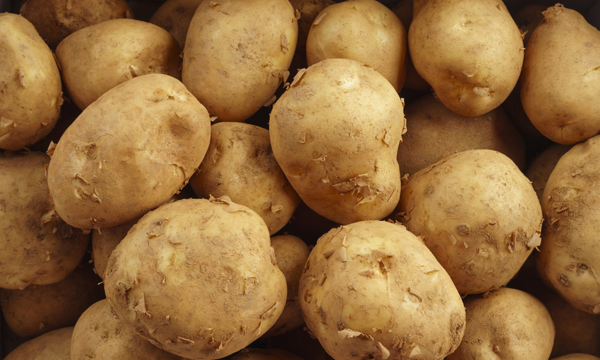
Potato
The abundant water resources along Nakdong River have shaped the land into sandy loam soil, making it an optimal location for potato cultivation for approximately 30 years. Grown using environment-friendly farming methods, these potatoes have bright, healthy color, are high in sweetness, and are effective in preventing adult diseases. Potatoes are a nationally popular crop and they promote Sangdong of Gimhae across the nation and the local economy of Sangdong as well.
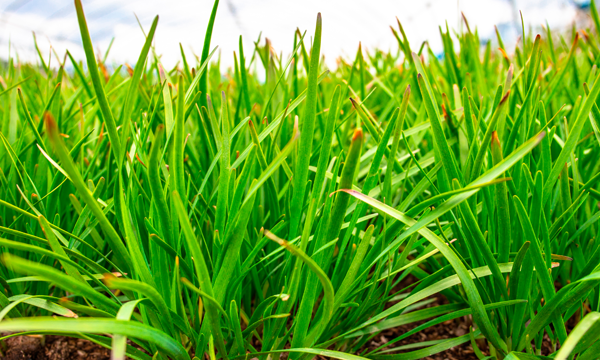
Chives
Cultivated in a pristine environment, these vegetables boast a fragrant aroma, crisp texture, and delightful taste. Rich in Vitamin A and C, they help blood circulate better and improve overall health.
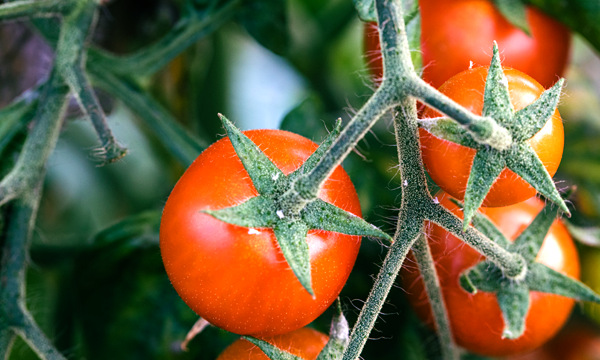
Cherry Tomato
Cherry tomatoes have a higher sweetness and better taste compared to regular tomatoes. They are easy to eat, and issues such as cracking, deformities, and blossom-end rot occur less frequently. Due to these advantages, farmers prefer cherry tomatoes over regular ones. The cultivation methods have diversified, leading to a steady increase in cultivation areas, and they are being shipped year-round.
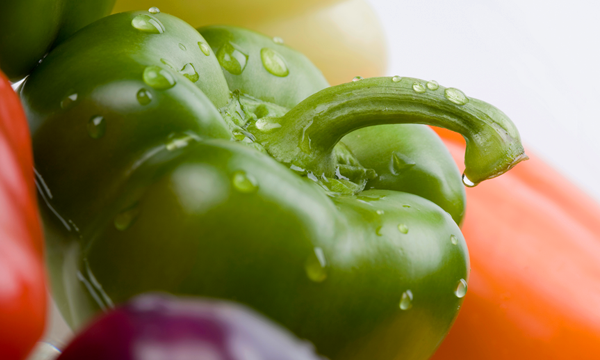
Bell Pepper
In Gimhae, where sunlight is abundant, bell peppers have vibrant colors, are sweetness and contain higher levels of Vitamin A and C compared to other crops. They are versatile for various dishes and the entire amount produced in Gimhae is exported to Japan.
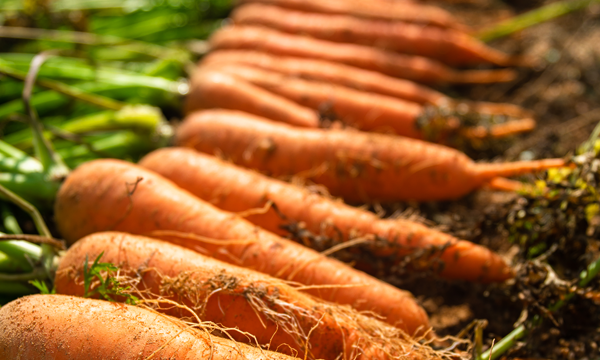
Carrot
Carrots are rich in Vitamin A and are effective for anti-aging and cancer prevention.
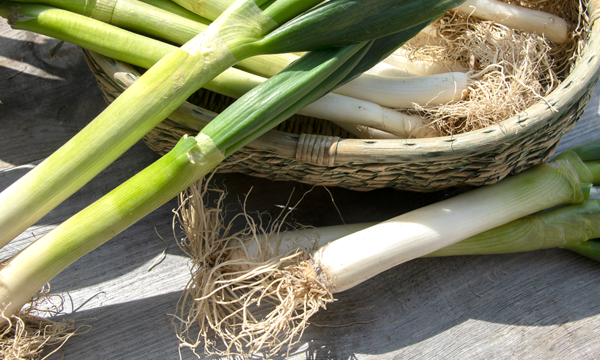
Green Onion
Green onions are aromatic vegetables that are very versatile. They are rich in dietary fiber and allicin, making them very good for health.
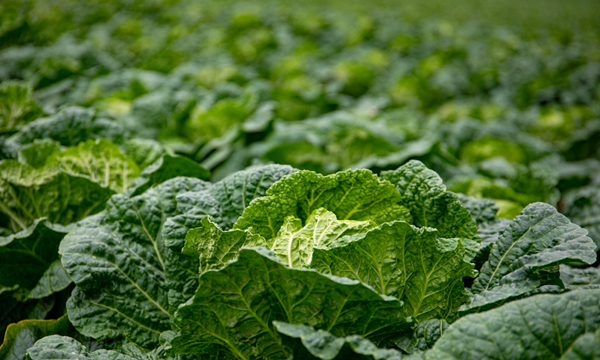
Napa Cabbage
Napa cabbages are low in calories and rich in dietary fiber, making them effective for preventing constipation and colorectal cancer.
Chamjuknamu Bugak
The name "Chamjuknamu" was given because people ate the shoots of the tree as they did with bamboos and in rural areas, the tree is also called "Gajuknamu (rubber tree)".
Chamjuknamu is mainly consumed by pickling or making salads with its young shoots and leaves. In Gimhae, for over 70 years, there has been a tradition of making pickled chamjuk and selling it in nearby areas such as Busan and Daegu. Since the 1990s, some communities have formed a co-op to produce and sell chamjuk bugak.
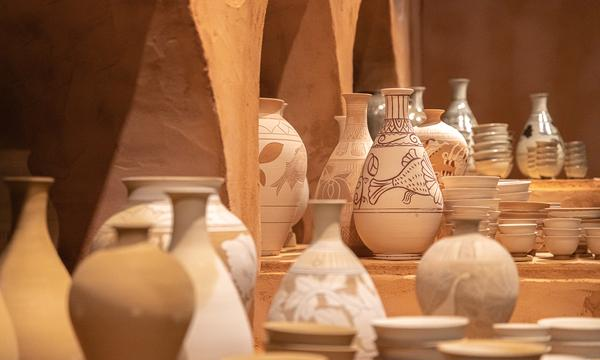
Ceramics
Buncheong ceramics are crafted by shaping the form with dark clay (wind clay), applying white clay to it, and then creating patterns by drawing, carving, or scratching on the white clay surface. The final step involves applying glaze.
Around 80 pottery companies in the region generate an annual income of approximately 36 million won. The current production of ceramics encompasses Gaya pottery reproductions, everyday ceramics, and artistic jars, serving various purposes such as housewarming gifts, wedding ceremonies, presents, and business opening gifts.
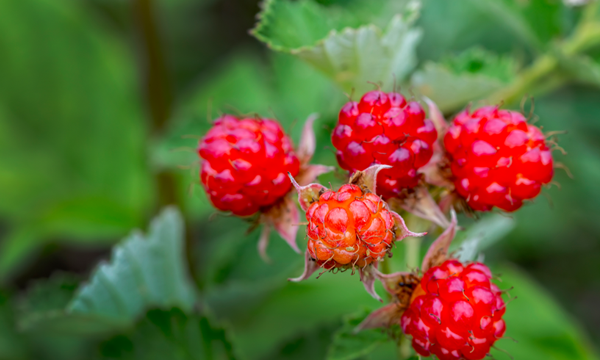
Wild Strawberry
Since 2007, Gimhae has been developing and cultivating wild strawberries as a new strategic crop and one of the key income-generating crops in the region. Currently, Gimhae is the nation’s leading production site for strawberries and large-scale cultivation is taking place along the Nakdong River, from Sineo Mountain to Mucheok Mountain.

